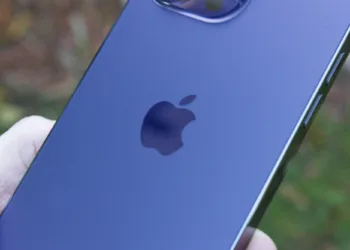For many of us, our iPhones serve as the go-to devices for staying updated on the latest news, engaging with friends online, and documenting special moments through photography.
A notable camera advancement is expected for the iPhone Pro series, though it won’t be seen in the current iPhone 16 Pro or the soon-to-be-released iPhone 17 Pro models. Instead, the upcoming iPhone 18 Pro is rumored to debut a main rear camera equipped with a variable aperture for the first time. This insight comes from Apple analyst Ming-Chi Kuo, who provided the information via Medium.
A variable aperture enables users to adjust the size of the lens opening on the iPhone, much like what can be done with a DSLR camera. This feature grants more control over the light entering the camera sensor, influencing the depth of field in photographs. With a variable aperture, users can alternate between different f-stops, allowing for adaptability in various shooting scenarios. This means you can explore your creativity and achieve the specific look you desire in your photos.

Most smartphones do not offer variable aperture technology. However, the Xiaomi 14 Ultra and its predecessor, the Xiaomi 13 Ultra, both include this feature. The Samsung Galaxy S9 Plus had a similar system, but it relied on older technology. Currently, Samsung’s latest offerings, like the Galaxy S24 Ultra, do not feature variable aperture capabilities.
Kuo predicts that Apple will collaborate with Sunny Optical from China and Taiwan’s Largan Precision to supply its variable aperture lenses.
Reflecting on the iPhone 14 Pro series, the principal cameras on Apple’s flagship devices have utilized a fixed aperture of ƒ/1.78. We can likely expect a continuation of this trend in the iPhone 17 Pro series, anticipated to launch in September, while the iPhone 18 series is projected for release in 2026.
Since the debut of the first iPhone in 2007, Apple has made consistent enhancements to the camera in its most popular product. A major upgrade could be on the horizon within the next two years.









